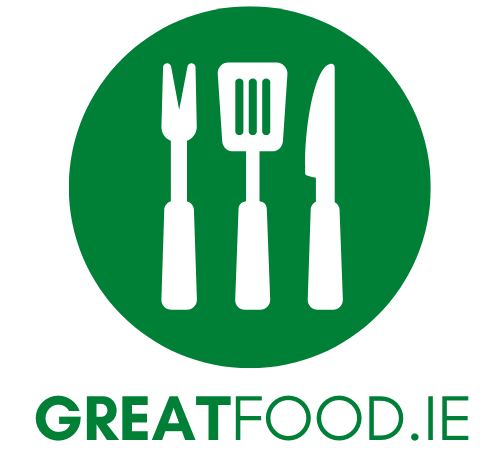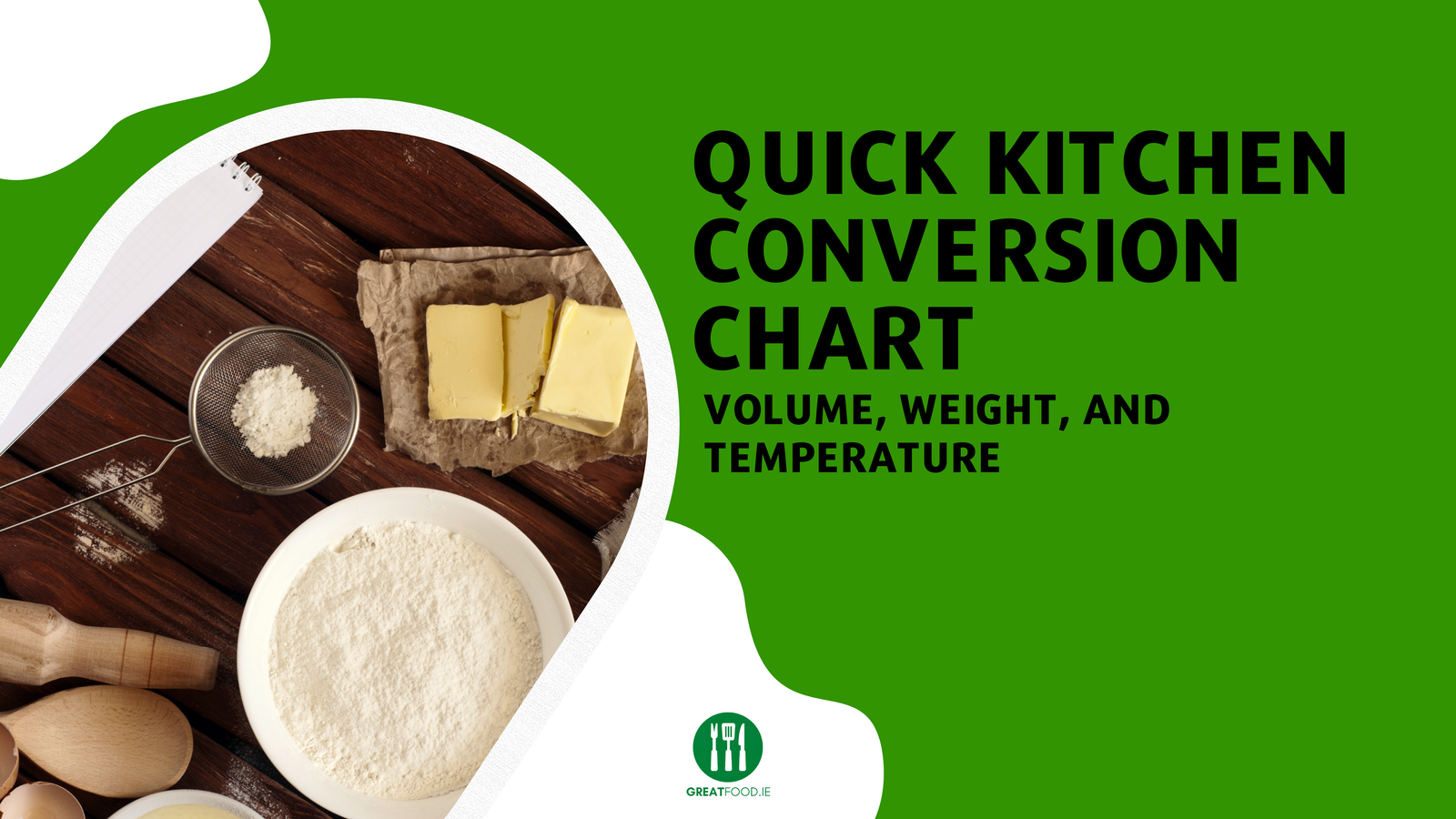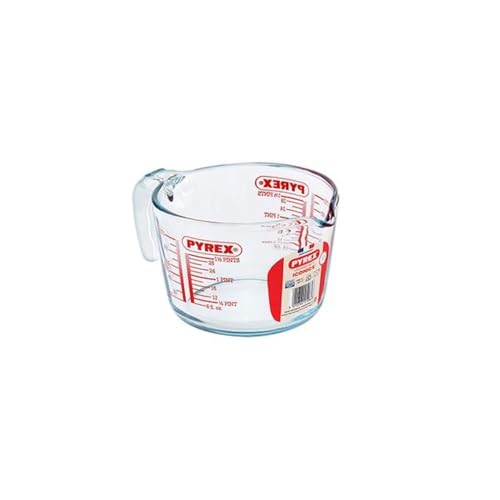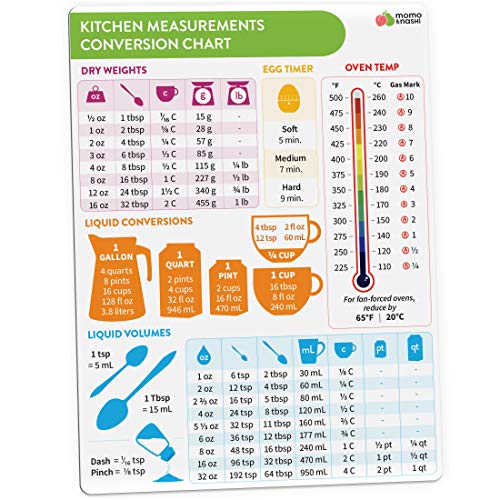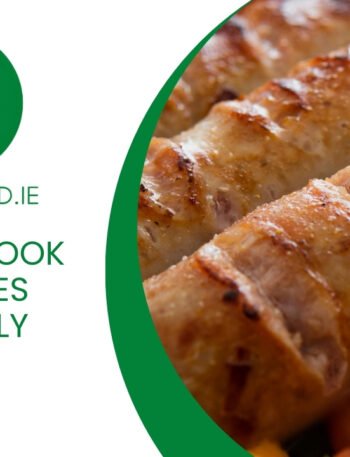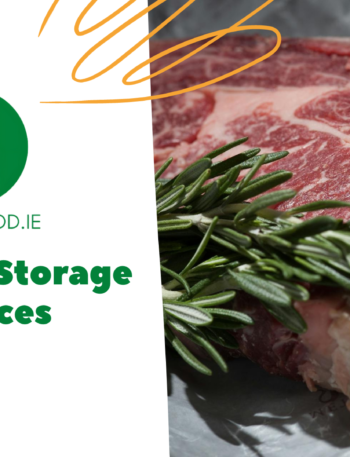Introduction
Switching back and forth between American cooking instructions can be tricky because of variations, in measurements and ingredient terminology. This detailed manual offers a kitchen conversion chart for volume, weight, temperature and popular ingredient replacements making it simple, for cooks of all levels to adjust recipes in their kitchens effortlessly.
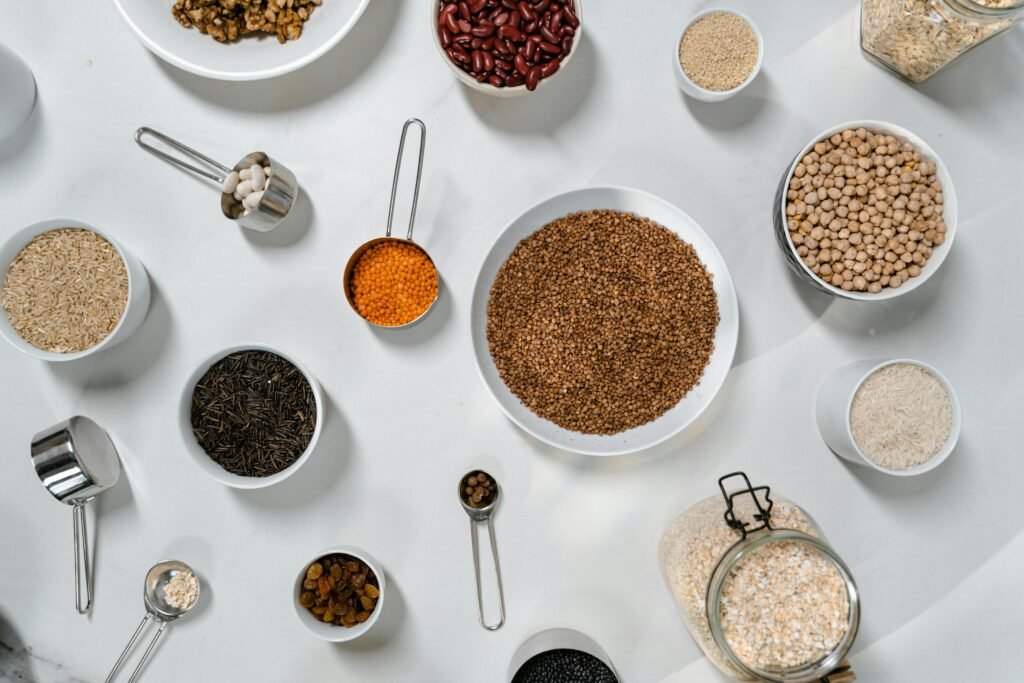
Kitchen Conversion Chart
Need quick and accurate kitchen conversions? Check out our Recipe Unit Convertor
Volume to Weight Conversions
Cups to Grams
The conversion from cups to grams depends on the ingredient due to varying densities. Here are some common conversions:
| Ingredient | 1 Cup | 1/2 Cup | 1/4 Cup |
|---|---|---|---|
| All-purpose flour | 120g | 60g | 30g |
| Granulated sugar | 200g | 100g | 50g |
| Brown sugar (packed) | 220g | 110g | 55g |
| Butter | 227g | 113g | 57g |
| Milk | 240g | 120g | 60g |
| Water | 236g | 118g | 59g |
Factors affecting the weight of a cup of an ingredient include particle size, moisture content, compressibility, and method of filling the cup. For dry ingredients, weight measurements (grams) are generally more accurate and consistent than volume measurements (cups).
Weight Conversion Basics
Ounces to Grams
Here’s a conversion table for common measurements:
| Ounces (oz) | Grams (g) |
|---|---|
| 1 oz | 28.35 g |
| 2 oz | 56.70 g |
| 4 oz | 113.40 g |
| 8 oz | 226.80 g |
| 16 oz (1 lb) | 453.59 g |
Remember, 1 ounce is approximately 28.35 grams. For the most accurate results, use a digital scale that can measure in both ounces and grams.
Volume Measurement Differences
Cups to Milliliters
| Measurement | US System | Metric System |
|---|---|---|
| 1 cup | 236.59 mL | 250 mL |
| 3/4 cup | 177.44 mL | 187.5 mL |
| 2/3 cup | 157.73 mL | 166.67 mL |
| 1/2 cup | 118.29 mL | 125 mL |
| 1/3 cup | 78.86 mL | 83.33 mL |
| 1/4 cup | 59.15 mL | 62.5 mL |
The US customary cup is slightly smaller than the metric cup. This difference can be significant in recipes, especially in baking where precision is crucial.
Teaspoons to Grams
Spoon to Weight Conversion
| Ingredient | 1 tsp | 1/2 tsp | 1/4 tsp |
|---|---|---|---|
| Sugar (granulated) | 4.2g | 2.1g | 1.05g |
| Salt | 5.9g | 2.95g | 1.48g |
| Baking powder | 4.6g | 2.3g | 1.15g |
| Flour (all-purpose) | 2.6g | 1.3g | 0.65g |
For liquids, one teaspoon of water weighs approximately 4.93 grams. However, for most cooking purposes, it’s generally accepted that 1 teaspoon equals 5 grams of water or other liquids with similar density.
Temperature Conversions
Fahrenheit to Celsius
| Fahrenheit (°F) | Celsius (°C) | Celsius (°C) Fan Oven | Common Use |
|---|---|---|---|
| 325°F | 163°C | 143°C | Slow baking, casseroles |
| 350°F | 177°C | 157°C | Most baked goods |
| 375°F | 191°C | 171°C | Cookies, biscuits |
| 400°F | 204°C | 184°C | Pies, breads |
| 425°F | 218°C | 198°C | Roasting vegetables |
| 450°F | 232°C | 212°C | Pizza, crusty breads |
Fan ovens (convection ovens) typically require a temperature about 20°C lower than conventional ovens due to more efficient heat circulation.
Quick Kitchen Conversion Chart Reference
Here’s a concise summary of key conversions for quick reference in the kitchen:
| Measurement | Conversion |
|---|---|
| 1 cup (flour) | 125 grams |
| 1 cup (sugar) | 200 grams |
| 1 cup (butter) | 227 grams |
| 1 cup (US) | 236.588 mL |
| 1 cup (metric) | 250 mL |
| 1 oz | 28.35 grams |
| 2 oz | 56.7 grams |
| 8 oz | 226.8 grams |
| 16 oz | 453.6 grams |
| 1 tsp (sugar) | 4.2 grams |
| 1 tsp (salt) | 5.9 grams |
| 350°F | 177°C |
| 390°F | 199°C |
Precision Ensures Success
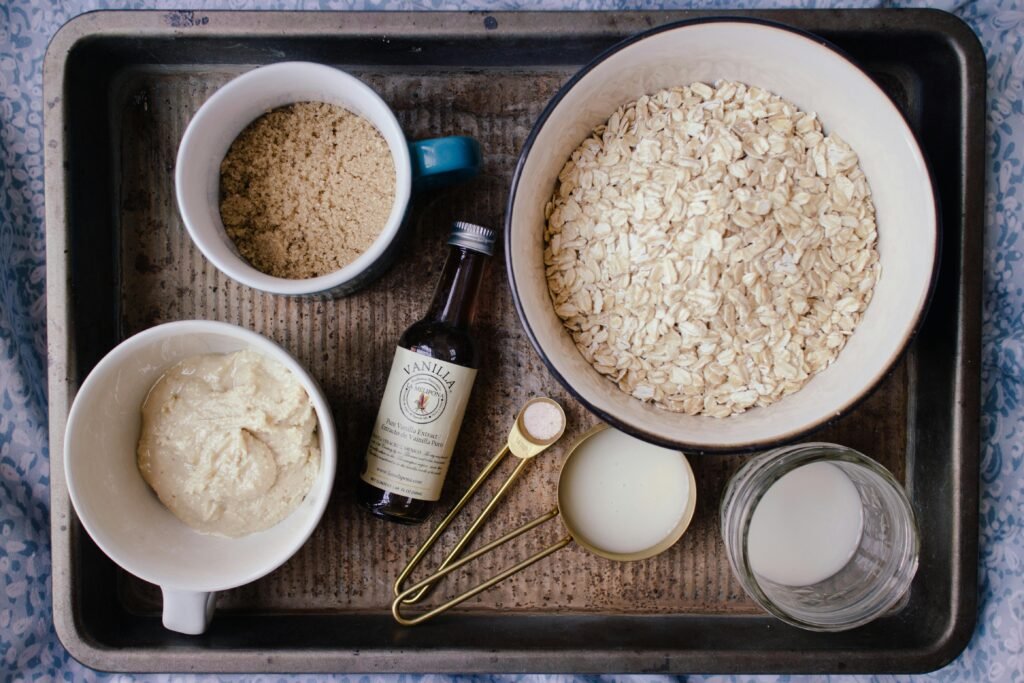
Accurate measurements play a role, in ensuring outcomes when cooking and baking. It is advisable to utilize a kitchen scale for conversions and measurements. Weight based measurements (in grams) are typically more exact compared to volume based measurements (in cups), for ingredients. By acquiring a kitchen scale and diligently measuring ingredients you can enhance the quality and consistency of your creations.
Essential Measurement Tools
Here’s a list of essential equipment for UK and Irish readers to help with measurements when cooking with US recipes:
- Digital kitchen scale with both grams and ounces:
- Provides precise weight measurements for ingredients
- Allows easy conversion between metric and imperial units
- Measuring cups set with both US and metric measurements:
- Includes cups, 1/2 cups, 1/3 cups, and 1/4 cups
- Dual markings help with recipe conversions
- Measuring spoons set with both US and metric measurements:
- Typically includes 1 tbsp, 1 tsp, 1/2 tsp, and 1/4 tsp
- Dual markings for easy conversion between systems
- Pyrex measuring jug with both ml and fl oz markings:
- Useful for measuring liquids
- Clear markings for both metric and imperial volumes
- Oven thermometer:
- Ensures accurate oven temperature
- Helps with converting between Fahrenheit and Celsius
- Digital instant-read thermometer:
- Provides quick and accurate temperature readings
- Useful for checking meat doneness and candy-making temperatures
- Silicone spatulas and mixing spoons:
- Heat-resistant and versatile for various cooking tasks
- Helps with accurate measuring and mixing of ingredients
- Conversion chart magnet or poster:
- Quick reference for common measurement conversions
- Handy for quick checks while cooking
- Adjustable measuring cup:
- Allows for easy measurement of sticky ingredients like honey or peanut butter
- Can be adjusted for different volumes, making conversions simpler
- Kitchen timer with dual time zones:
- Helpful when following recipes with different time formats
- Can set one timer for local time and another for recipe time if needed
These tools will help UK and Irish cooks accurately follow US recipes, ensuring consistent results when adapting dishes from across the Atlantic.
Conclusion
Switching between US British recipes may pose a challenge. Having access, to conversion charts and tools can help you ensure your dishes come out just right every time. Understanding how volume, weight and temperature conversions work allows you to easily adjust any recipe to fit your measurements and ingredients. Using measuring tools like scales and versatile measuring cups can boost your precision in the kitchen.
Whether you’re a chef or a home cook these conversion resources are crucial for preserving the authenticity of your creations. With these guides on hand you’ll have the confidence and accuracy to experiment with a variety of recipes. Enjoy your time, in the kitchen!
See also: Slow Cooker: Times, Tips & Techniques
FAQ
Q: Why do recipes from different countries use different measurements?
A: Recipes use different measurements due to historical and cultural differences in measurement systems. The US primarily uses imperial units, while most other countries use metric. This can lead to variations in recipe measurements across regions.
Q: Is it better to measure ingredients by weight or volume?
A: Measuring by weight (grams or ounces) is generally more accurate, especially for dry ingredients like flour. Weight measurements are consistent regardless of how the ingredient is packed or measured. However, volume measurements (cups, tablespoons) are still commonly used in many recipes.
Q: How do I convert between Fahrenheit and Celsius for oven temperatures?
A: To convert Fahrenheit to Celsius, use the formula: °C = (°F – 32) × 5/9. For quick reference, 350°F is approximately 177°C, and 400°F is about 204°C. Remember that fan ovens typically require temperatures about 20°C lower than conventional ovens.
Q: Why do cup-to-gram conversions differ for different ingredients?
A: Cup-to-gram conversions vary because different ingredients have different densities. For example, a cup of flour weighs less than a cup of sugar. This is why using a kitchen scale for weight measurements can lead to more consistent results, especially in baking.
Q: How can I ensure accurate measurements without specialized equipment?
A: While a kitchen scale is ideal for accuracy, you can improve your measurements by using proper techniques. For dry ingredients, spoon them into the measuring cup and level off with a straight edge. For liquids, use a clear measuring cup and read at eye level. Consistency in your measuring technique is key.
Additional Resources
Here are some useful additional resources for kitchen conversions and cooking measurements:
- Online Kitchen Calculator – A versatile tool for converting between various kitchen measurements and units
- BBC Good Food Conversion Charts – Comprehensive conversion charts for ingredients, temperatures, and weights
- King Arthur Flour Ingredient Weight Chart – Detailed weight conversions for common baking ingredients
- Epicurious Temperature Conversion Chart – Quick reference for converting between Fahrenheit and Celsius
- Serious Eats Guide to Measuring – In-depth guide on how to measure ingredients accurately for cooking and baking
- Cook’s Illustrated Equipment Reviews – Comprehensive reviews of kitchen equipment, including measuring tools
- Metric Cooking – Resource for converting recipes to metric measurements
- Convert-Me.com Kitchen Units – Online converter for various kitchen units and measurements
- Culinary Institute of America Measurement Equivalents – Professional culinary school’s guide to measurement equivalents
- Food Network Measurement Conversions – Basic guide to recipe conversions from a trusted culinary source
